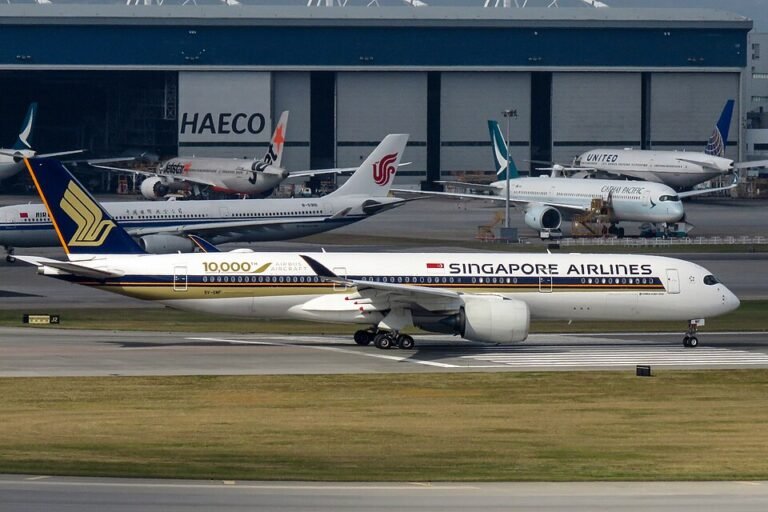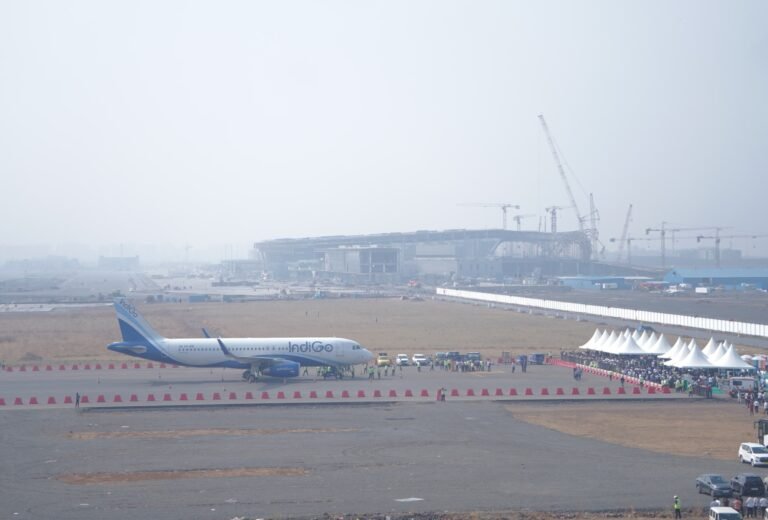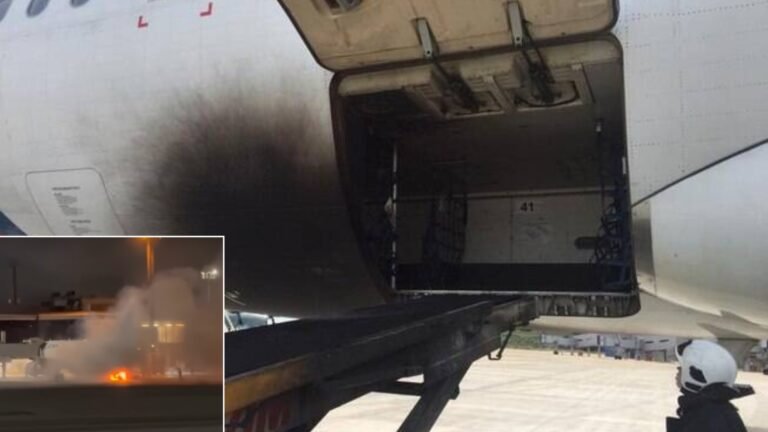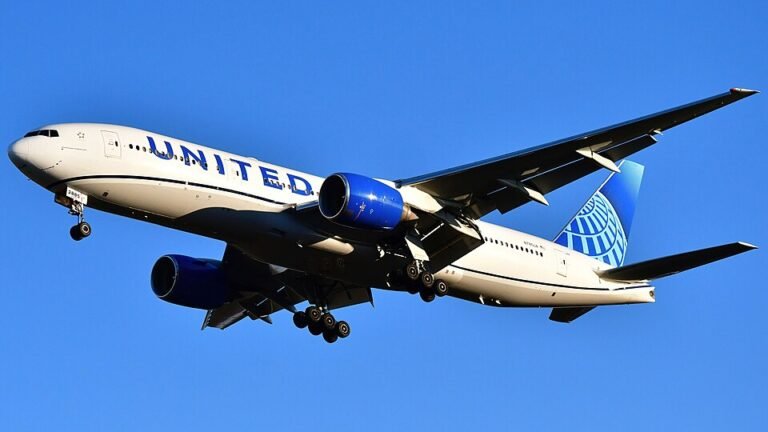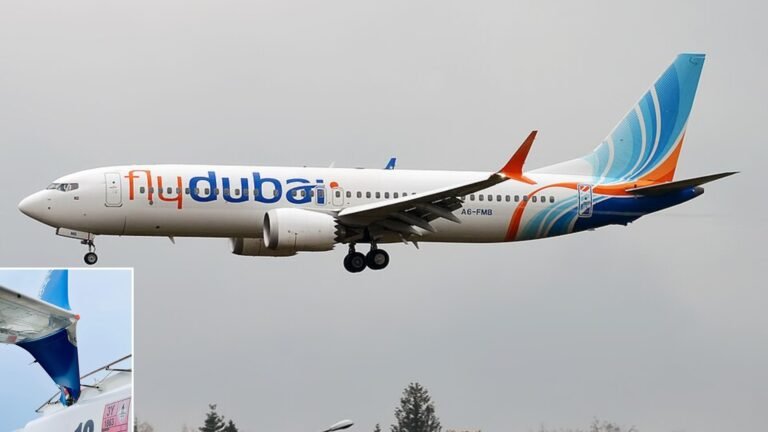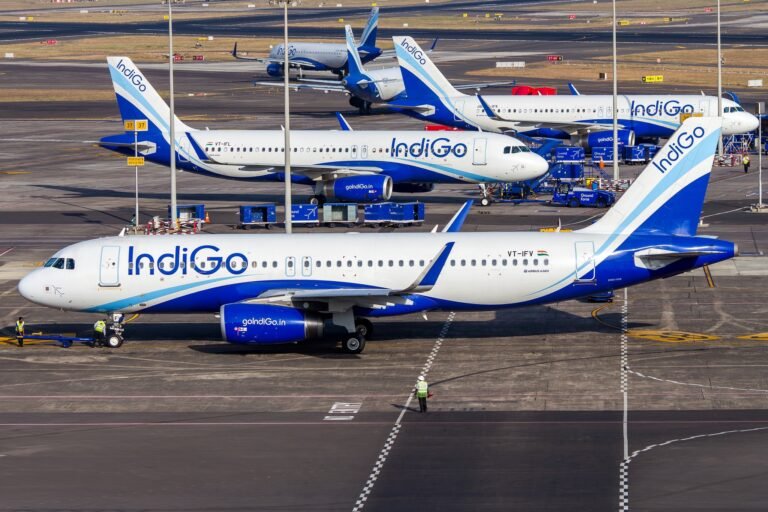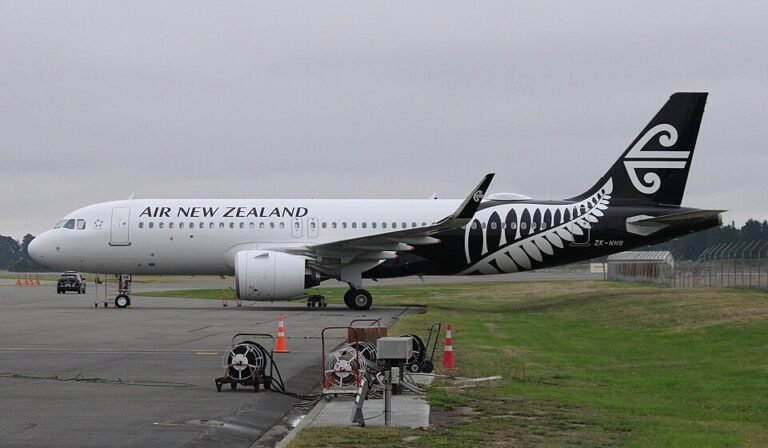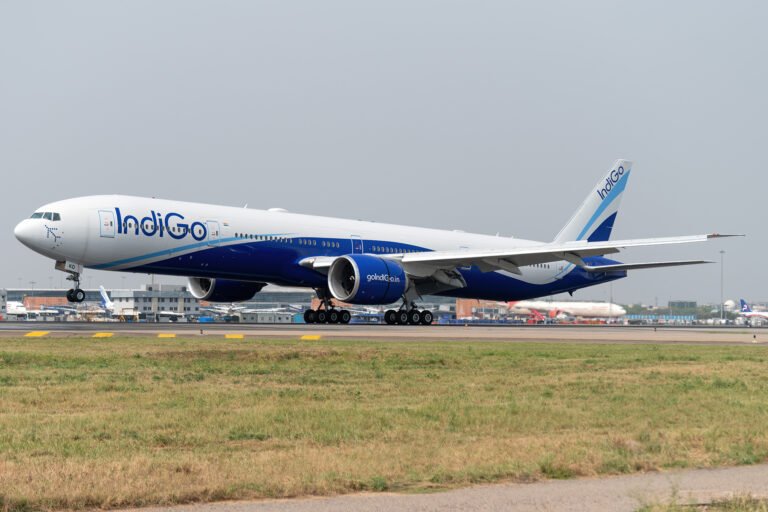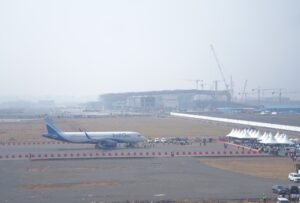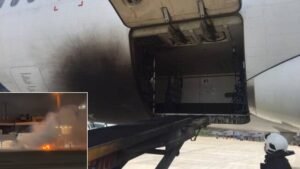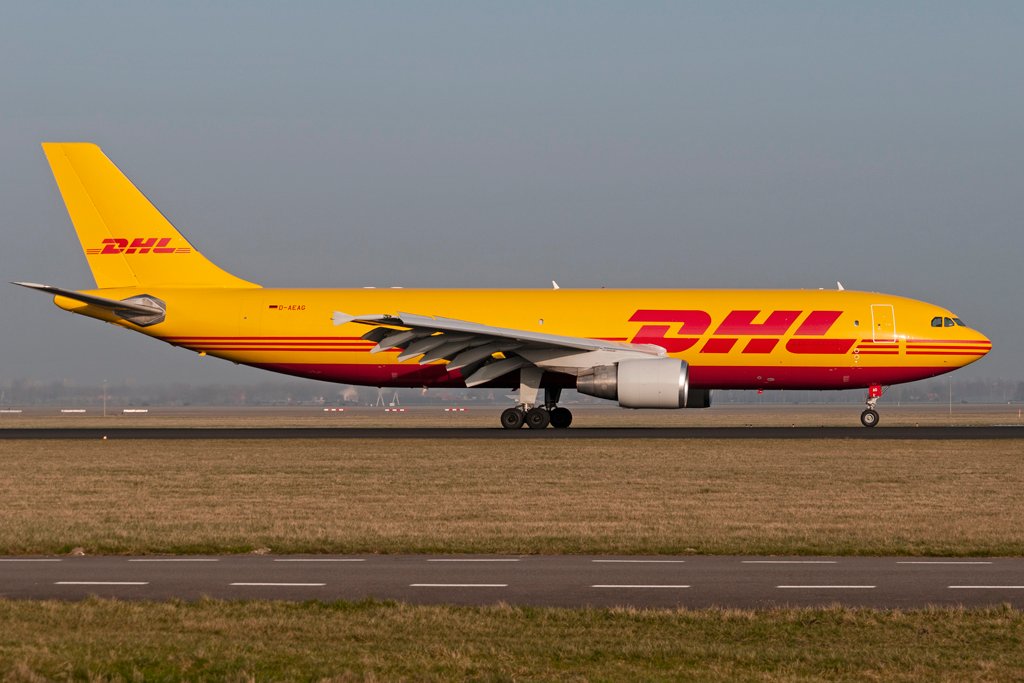
London, United Kingdom: On October 12, 2025, a DHL-operated Airbus A300 (registration D-AEAG) suffering a tail strike during a go-around at London Heathrow Airport on October 12, 2025, has garnered significant attention. Flight QY2212 from Leipzig was attempting to land on Runway 09L when the aircraft experienced a tail strike.
Despite deploying thrust reversers and spoilers, the pilots initiated a go-around, a maneuver that typically requires the reversal of these systems. The aircraft then climbed to 4,500 feet and safely landed on Runway 09R approximately 17 minutes later.
Some experts speculate that improper cargo loading or shifting could have contributed to the instability during landing. Others point to pilot-induced factors, noting the significant nose-up inputs observed during the approach.
A video capturing the incident has been widely shared, providing visual insight into the aircraft’s approach and subsequent go-around. The footage has sparked discussions about the appropriateness of the go-around decision given the deployment of reverse thrust and spoilers.
While the aircraft landed safely, the incident has prompted a review of the procedures and decisions made during the approach and go-around phases. Further investigations may provide more clarity on the factors leading to this unusual incident.

